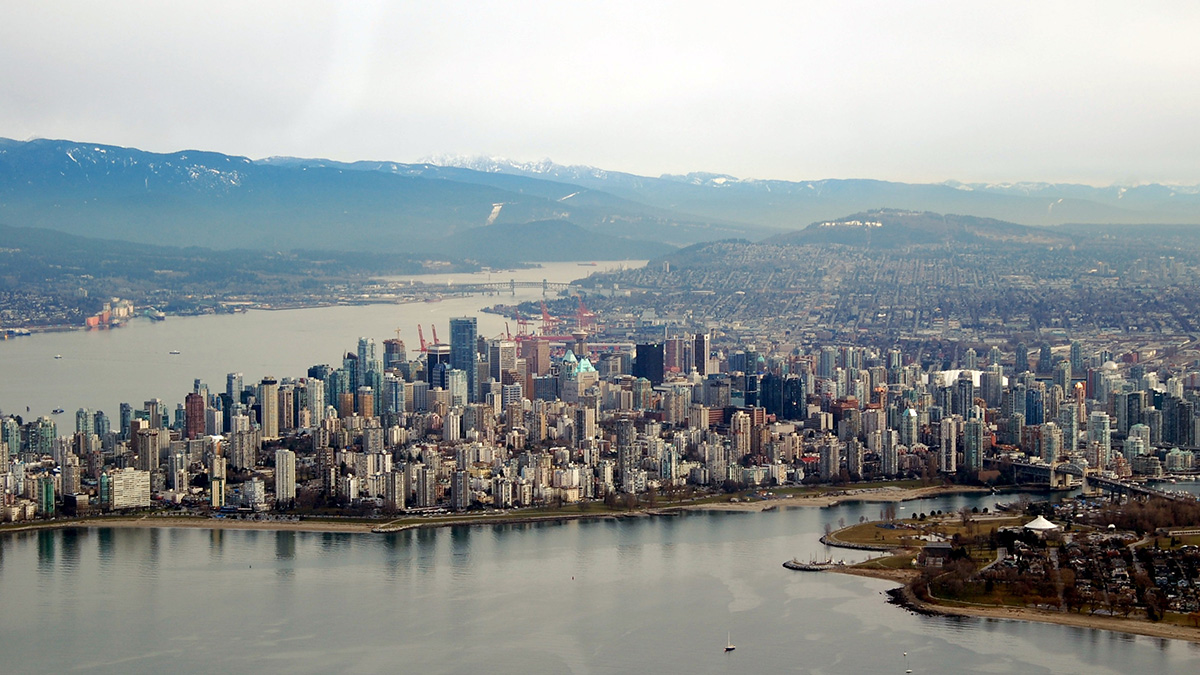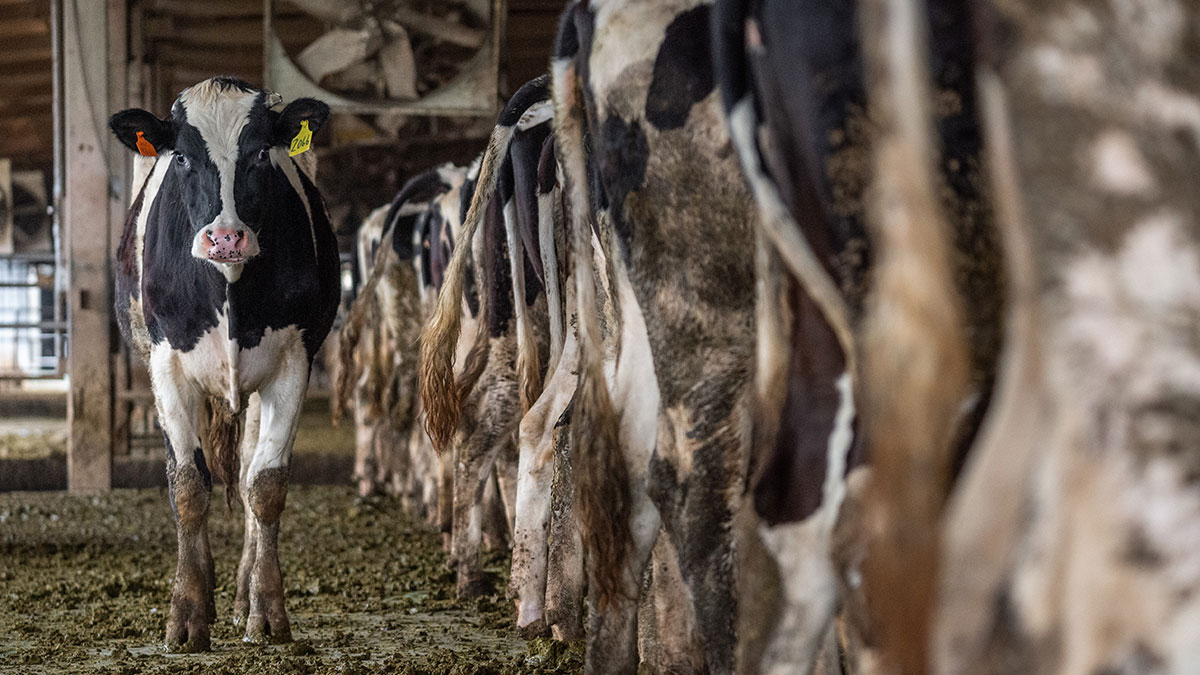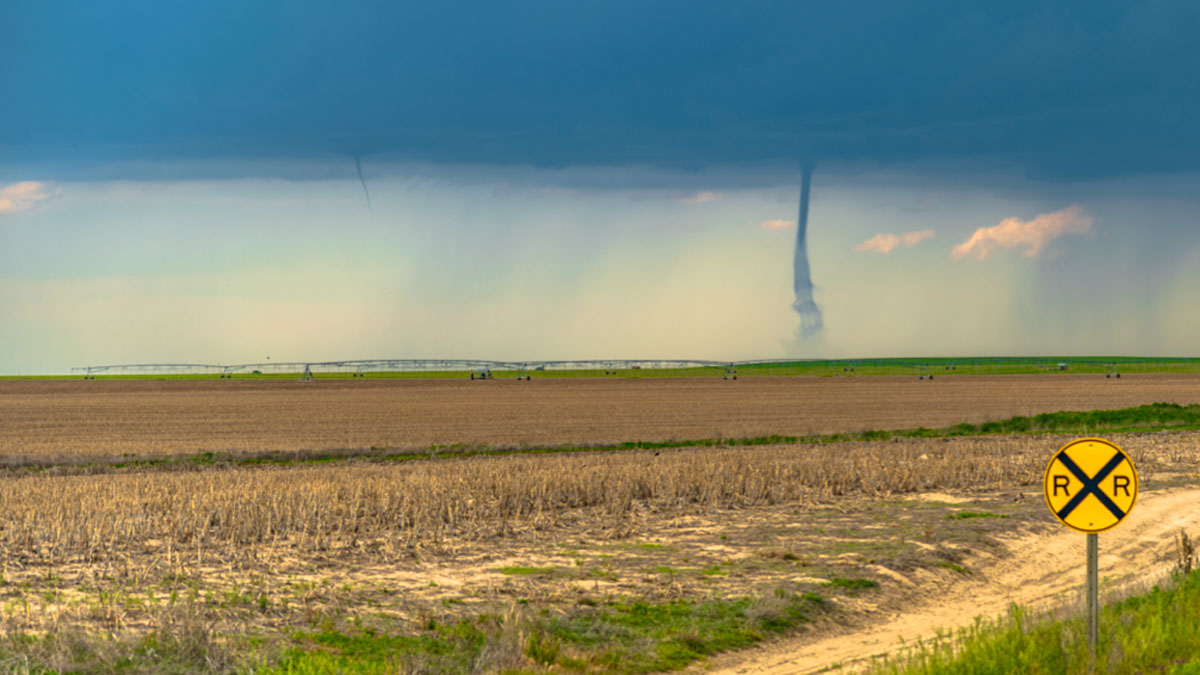Exposure to stinky odors can affect human health, but quantifying smells can be difficult.
News
Hundreds of Volcanic Explosions Detected Underwater at Kīlauea
Hundreds of volcanic explosions detected underwater at Kīlauea
The explosions, identified during the 2018 eruption phase, offer a clear acoustic signal that researchers could use to measure ocean properties.
Midwest Livestock Operations Linked to Rise in Ammonia Pollution
For the first time, scientists have linked high-density animal operations in the U.S. Midwest to rising air pollution from ammonia, suggesting need for increased regulation from the EPA.
Bright Lights, Big Cities Attract Migratory Birds
The first stopover site map for U.S. migratory birds reveals the attraction of urban light pollution.
Peruvian Farmers Threatened by Water Stress
Two analyses present the Arequipa region as a microcosm of water supply issues facing small-scale agriculture communities.
Hostile Workplaces Drive Minorities from the Geosciences
A pipeline of minoritized groups doesn’t ensure retention, a survey finds.
Community Input Drives Superfund Research
Researchers identified geochemical tracers for lead and investigated Oklahomans’ concerns at the Tar Creek Superfund site.
A Hotter Earth Means Stronger Tornadoes
Although their frequency may decrease, models suggest anthropogenic climate change will increase the intensity of tornado outbreaks.
Earthquakes Ripple Through 3D Printed Models of Los Angeles
Using stainless steel models, researchers find that high-frequency seismic waves—the most damaging to buildings—are attenuated in the Los Angeles sedimentary basin.
Indigenous Communities Outline Their Climate Data Priorities
Native American tribal communities are actively engaged in adapting to climate change. What information and data will help them build resilience to the new normal?










